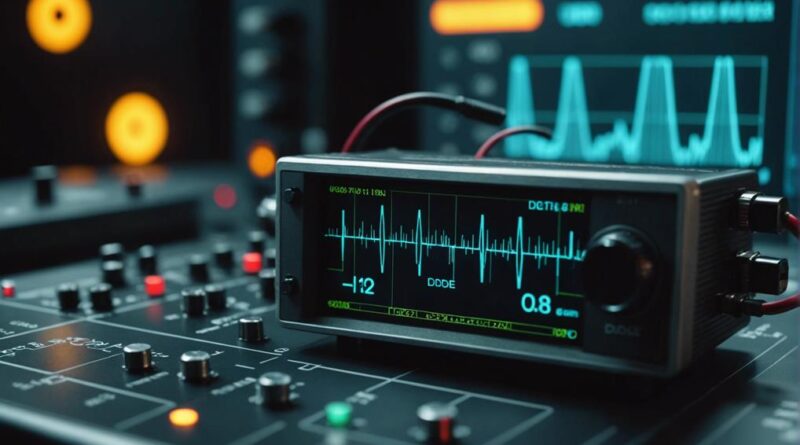
You probably have a need for precise coordination and modulation in your electronics projects, and the varactor diode could be your essential component in achieving this. Using your ability, Adjust Capacity Based on the applied voltage, you get precise control over your circuit's resonance and frequency characteristics . Whether you're designing RF circuits or simply tuning a receiver, it's important to understand the operational nuances of this versatile device. But what happens when you extend its properties beyond typical applications and how does this open up new possibilities in your designs? Explore some fascinating scenarios where the varator diode unexpected hero .
The central theses
- Varactor diodes are semiconductor devices that use voltage-dependent capacitance for tuning and modulation applications.
- The way these diodes work is by varying the width of their junction layer using reverse voltage and thus changing their capacitance.
- It is often used to adjust oscillation and resonance frequencies in voltage-controlled oscillators, tuning circuits, and frequency modulators.
- Key features include voltage sensitivity, capacitance range, and high Q-factor for efficient performance in high-frequency environments.
- Design considerations include material selection, thermal management, and maintaining preload stability to optimize performance and durability.
What is a varactor diode?
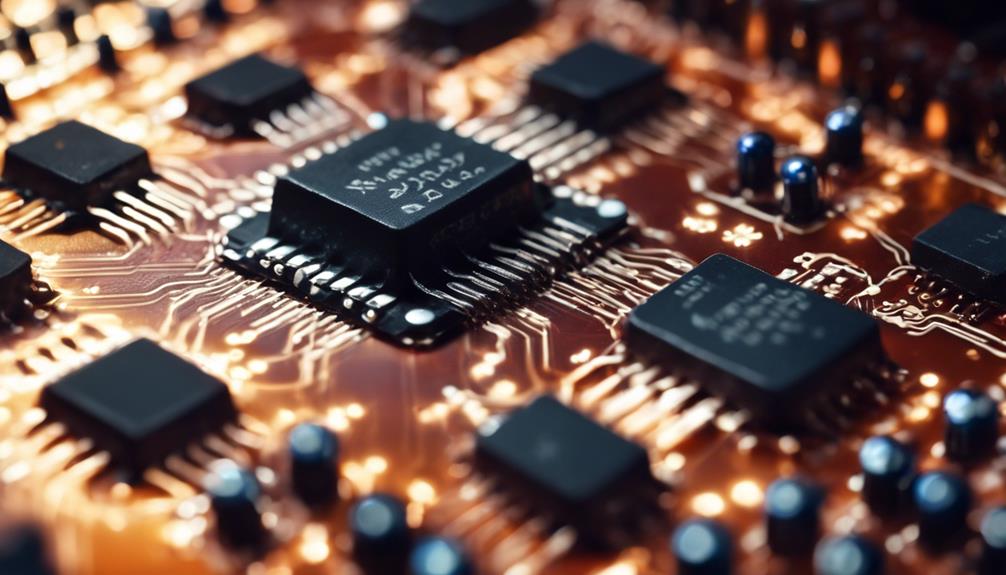
A varactor diode also known as Varicap, is designed for… voltage dependent capability If you examine the structure more closely, you will notice that Material composition plays a crucial role in functionality. Typically varactor diodes are made with semiconductor materials such as silicon or gallium arsenide. These materials are chosen for their ability to form stable and efficient junctions, which are essential for diode function.
The symbolic illustration of a varactor diode in circuit diagrams is unique. It is similar to the symbol for a typical diode, but includes an integrated capacitor symbol. This representation highlights its dual functionality : Although it mainly functions as a diode, its capacitance characteristics are also crucial. When you see this symbol on a schematic, you are looking at a component that can adjust its capacity based on the voltage applied to its terminals, an essential feature in tuning circuits .
Understanding these aspects of a varactor diode will help you appreciate its versatility in electronic projects, especially in frequency modulation and filters where variable capacity is the key. Remember that material selection and symbolic representation are not just details; they are critical to the performance of the varactor diode in its circuits.
Operating principles
The working principles of a varactor diode revolves around the ability to change capacity with different voltage level . This unique property arises from the varactor structure, which behaves differently from other diodes due to its voltage dependence. Essentially, applying a reverse voltage to the diode changes the width of the barrier layer within the semiconductor.
The key to understanding this device lies in its Capacity Variability . The capacitance of the varactor diode is inversely proportional to the thickness of the junction layer. As you increase the reverse voltage, the junction gets wider and the capacitance decreases. On the other hand, reducing voltage makes this layer narrower, thus increasing capacity. This relationship allows placing the varactor diode in tuning circuits where precise capacitance adjustments are required to achieve the desired tuning effect.
Think of the varactor as a tunable capacitor that adapts to changes in voltage. They not only use a static component, but also actively manipulate its electrical properties through external voltage to achieve specific values. Operational requirements . This dynamic tuning makes the varactor diode indispensable in applications such as frequency modulation and phase-locked loops.
Main properties
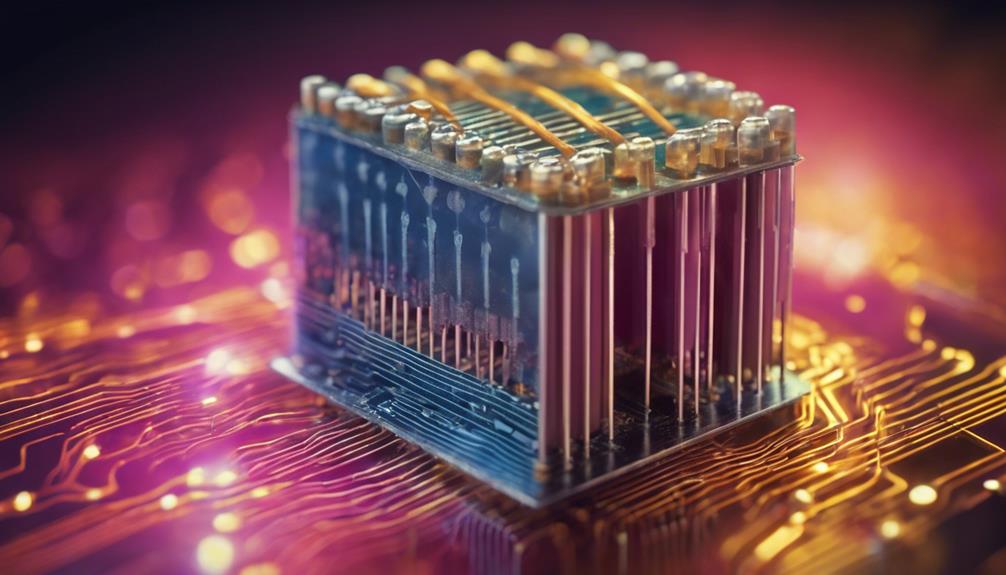
Understanding the main characteristics of varactor diodes is essential to realizing their full potential in electronic circuits. These components are particularly characterized by their voltage sensitivity and range capability crucial for tuning and signal processing applications.
Voltage sensitivity refers to how the capacitance of the varactor diode changes in response to changes in voltage applied to its terminals. This feature is crucial because it allows you to precisely control the capacitance by changing the voltage, thus adjusting the performance of your circuit.
On the other hand, the capacitance range of a varactor diode represents the minimum and maximum capacity values it can achieve. This area is crucial to the versatility of the diode in different circuit designs. A larger capacitance range gives the diode more flexibility and allows it to be used in a variety of applications.
You should also be aware that the quality of a varactor diode is determined by its Q Factor which affects the performance of the diode at different frequencies. High-Q varactors are generally preferable for high-frequency applications where minimal signal loss and phase noise are critical.
Common uses
Varactor diodes are commonly used in voltage-controlled oscillators, tuning circuits, and frequency modulators. These components are essential in various electronic devices that require precise frequency and voltage adjustment.
See how they work in some of their most common applications:
- Voltage Controlled Oscillators (VCOs): By adjusting the reverse voltage on the varactor diode, you can change its capacitance, thereby changing the oscillation frequency in voltage controlled oscillators (VCOs). This is important for devices such as radio transmitters and receivers where stable and adjustable frequencies are required.
- Tuning circuits: In tuning circuits, varactor diodes provide flexibility to adjust the resonant frequency of LC circuits without mechanical changes. This feature is particularly valuable with TV tuners and FM radios as it allows you to easily select different channels or stations.
- Frequency Modulators: For frequency modulation, these diodes modulate the frequency of the oscillator in response to the amplitude of an input signal. This feature is essential for communication systems to effectively transmit voice and data on different frequencies.
The ability to quickly and reliably adjust frequency in any application through a simple voltage adjustment makes varactor diodes indispensable in modern electronics.
Design considerations
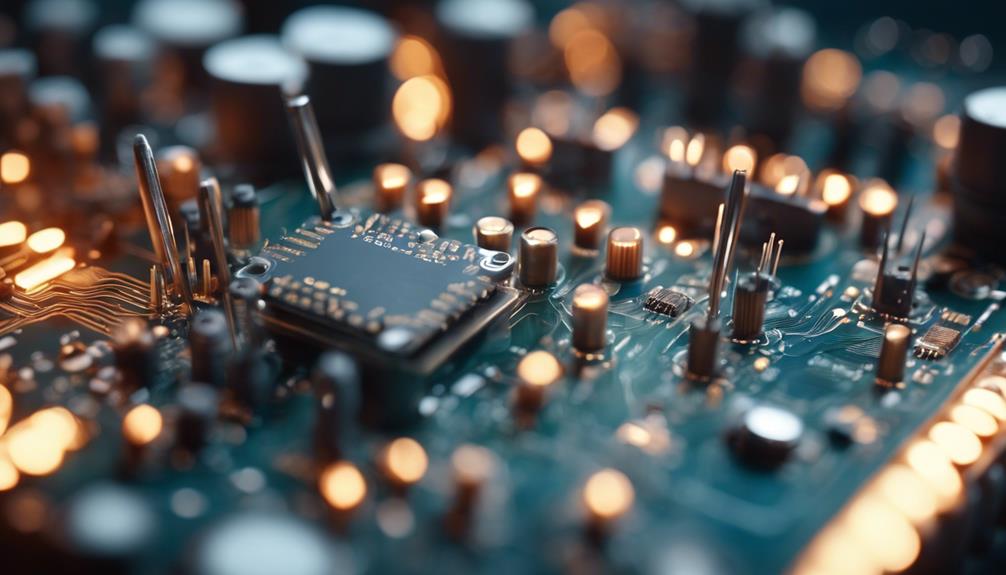
As we explore how varactor diodes work in different applications, it is equally important to consider their design aspects to ensure maximum performance. You need to focus on several critical elements including Material Selection and Thermal Management .
First, the choice of materials in the construction of varactor diodes greatly influences their functionality and durability. You will find that choosing the right semiconductor material, often silicon arsenide or gallium, can affect the performance of the diode. Capacity Range and Voltage Dependence Material properties such as its Reverse Breakdown Voltage and transition capacity are essential to meeting the needs of your application.
Furthermore, when designing varactor diodes, one cannot ignore the importance of thermal management. These components can generate significant heat during operation, especially when exposed to high frequencies or voltages. Efficient Heat dissipation is important to avoid performance degradation or failures. Using appropriate heat sinks or choosing materials with high thermal conductivity can help keep the diode temperature within safe operating limits.
Performance optimization
To optimize the performance of your varactor diode, you must carefully adjust the operating conditions and circuit environment. Managing these factors is critical to maximizing diode efficiency and reliability in your application, especially when it comes to RF circuits.
A critical factor is the effects of temperature. Varactor diodes are sensitive to temperature fluctuations, which can affect their capacity and therefore the tuning range of your circuit. Consider using temperature compensation techniques or selecting a diode with minimal temperature sensitivity to mitigate these effects.
Another important aspect is maintaining preload stability. Fluctuations in bias voltage can cause performance fluctuations and affect the overall stability of the circuit. It is important to use stable power supplies and consider feedback mechanisms that allow you to adjust the bias if necessary.
Here are some additional tips to ensure top-notch performance:
- Use quality components : By ensuring that all circuit components are of high quality, the risk of performance degradation is reduced.
- Interference Protection : Protect the diode from electromagnetic interference, which can also affect bias voltage and performance.
- Regular Testing : Test the circuit continually to monitor and compensate for any variations in diode characteristics over time.
Troubleshooting Tips
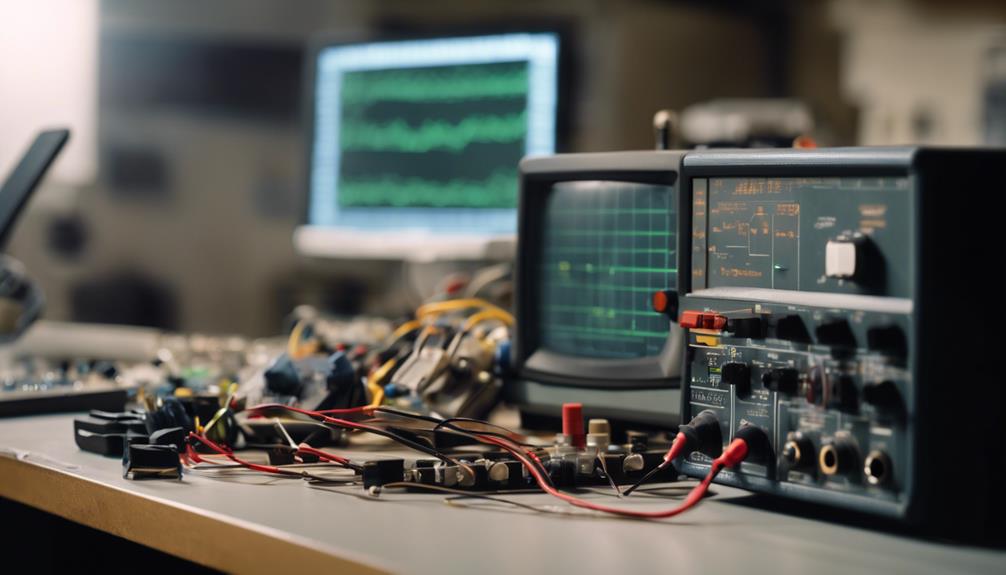
By following a few practical steps, you can quickly diagnose and fix common problems if you have problems with your varactor diode First check for Installation issues . Make sure the diode is not installed upside down, as the wrong polarity may impair proper functioning. Also check that all connections are secure and free of corrosion or loose connections that could cause intermittent behavior .
Next, consider Signal Distortion a frequent troublemaker. If your output signals appear distorted or modulated unexpectedly, it is important to inspect the varactor diode for signs of damage or deterioration. Environmental factors such as temperature or humidity can sometimes affect performance. Therefore, make sure the diode works within the specified range.
Additionally, the diode is checked using a multimeter Capacity range . The diode may be defective if the readings are outside typical specifications. A replacement may solve your problem. If you're still stuck, don't hesitate to consult the manufacturer's datasheet for guidance on expected behavior and troubleshooting tips .
Future trends
New technologies will soon revolutionize the capabilities and applications of varactor diodes. You will experience advancements that improve performance and expand uses in many high-technology areas. Material innovations are at the forefront, resulting in more efficient and robust varactor diodes that you can rely on for your cutting-edge designs.
An important area to watch is the development of new semiconductor materials. These materials promise:
- Greater tune
- Better temperature stability
- Greater frequency response
These improvements mean you can use varactor diodes in environments and applications that were previously difficult or impossible. Whether in ultra-high frequency operation or extreme temperature environments, the new materials ensure your devices are versatile and durable.
Additionally, it would be helpful if you were aware of regulatory implications that could affect how these diodes are implemented in commercial products. Changes in technology standards and safety regulations may require rapid adaptation. By staying ahead of these changes, you can be sure that your applications are not only innovative, but also meet the latest industry requirements. This proactive approach will save you time and resources in the future and ensure you are always up to date.
Conclusion
In summary, the varactor diode is essential in modern electronics, especially when precise frequency tuning is crucial. Mastering how they work and using their voltage-dependent capabilities can improve your circuit designs .
Stay up to date on design techniques and new trends to keep your applications up to date. Remember: By effectively optimizing and troubleshooting your varactor diode, you will maximize its performance and overcome numerous electronic challenges.

